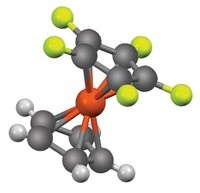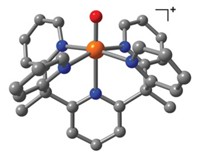Advertisement
Grab your lab coat. Let's get started
Welcome!
Welcome!
Create an account below to get 6 C&EN articles per month, receive newsletters and more - all free.
It seems this is your first time logging in online. Please enter the following information to continue.
As an ACS member you automatically get access to this site. All we need is few more details to create your reading experience.
Not you? Sign in with a different account.
Not you? Sign in with a different account.
ERROR 1
ERROR 1
ERROR 2
ERROR 2
ERROR 2
ERROR 2
ERROR 2
Password and Confirm password must match.
If you have an ACS member number, please enter it here so we can link this account to your membership. (optional)
ERROR 2
ACS values your privacy. By submitting your information, you are gaining access to C&EN and subscribing to our weekly newsletter. We use the information you provide to make your reading experience better, and we will never sell your data to third party members.
Synthesis
Ethylene cyclization to benzene confirmed
March 19, 2007
| A version of this story appeared in
Volume 85, Issue 12
New evidence that a niobium anion can dehydrogenate and cyclize three ethylene molecules into benzene has been reported by Doreen Geller Leopold and coworkers of the University of Minnesota, Minneapolis (J. Am. Chem. Soc. 2007, 129, 3482). This gas-phase cyclization reaction of one of the simplest unsaturated hydrocarbons has been inferred previously by mass spectrometry. But direct spectroscopic proof for a metal-bound benzene product had not been reported until now. Leopold's group isolated NbC6H6- ions from a flow-tube reactor and probed the structure of the compound by photoelectron spectroscopy and additionally by density functional calculations. The researchers show that the spectrum matches that of NbC6H6- formed by reacting benzene with niobium atoms. They propose that a neutral niobium atom reacts initially with ethylene to produce NbC2H2- with a loss of H2, and that NbC2H2- adds ethylene molecules sequentially to form the metal-coordinated benzene. The research suggests that "even the smallest of metal species may possess powerful catalytic potential," Leopold notes.




Join the conversation
Contact the reporter
Submit a Letter to the Editor for publication
Engage with us on Twitter